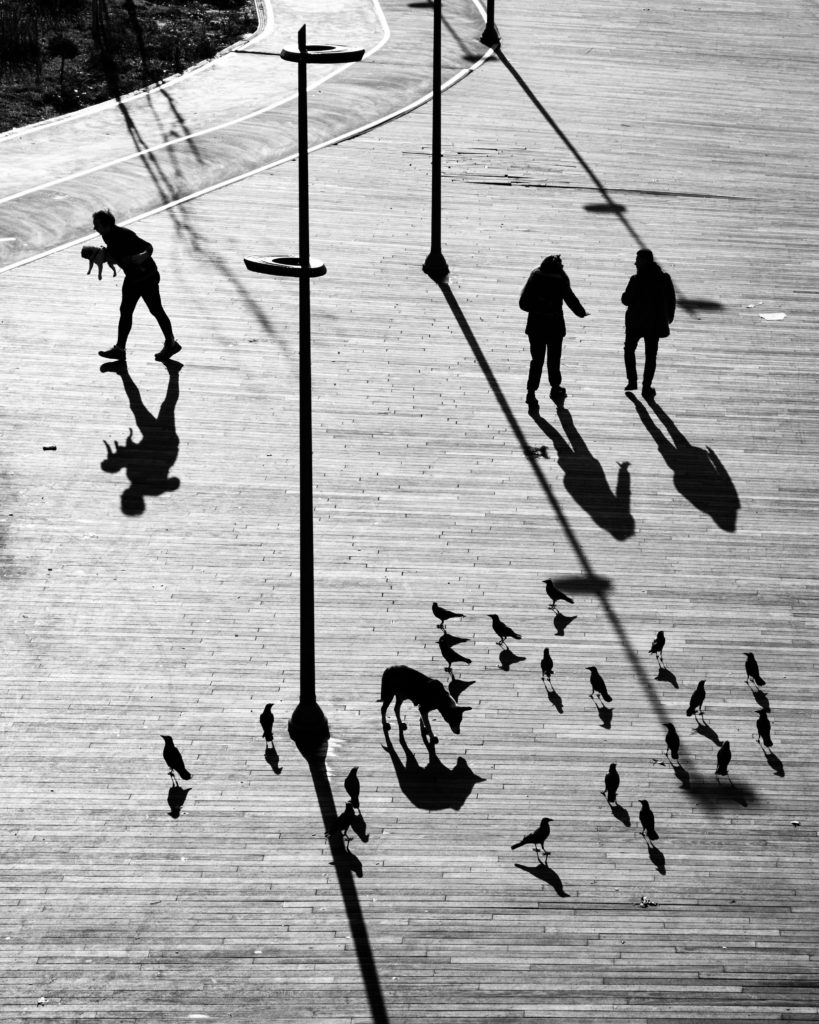World Wildlife Day: What is the built environment’s role?

3 MARCH 2023 – World Wildlife Day (WWD) is commemorated every year on March 3 as a United Nations International Day, with the aim to acknowledge the contribution that wild animals and plants make to our lives, as well as the health of the planet.
“We are seeing unprecedented drops in wild populations of both animals and plants. The balance of nature is being affected. We rely on wildlife to give us food, shelter, medicines, fuel and fun … but these products aren’t inexhaustible,” said Ivonne Higuero, Secretary-General of CITES (Convention on International trade in Endangered Species of Wild Fauna and Flora) in this year’s WWD message.
It is estimated that one-eighth of all species is facing extinction due to human activities. The built environment sector is a main contributor—by 2050, 90 per cent of all wildlife is expected to lose some of their natural habitat due deforestation.
We need to change the way that we build and prioritise all creatures in Nature, not just humans. Here are some of our stories that highlight the importance of designing for biodiversity.
Biodivercity: A Story of Flight | FuturArc Prize 2022 Second Place
The ambitious plans for Kemayoran Airport did not pan out for various reasons, leaving the once-glistening structure abandoned. Researchers have noticed how migratory birds have been using the urban forest as a migration site. Additionally, the neglected areas covering 22 hectares show off an impressive diversity of flora and fauna, and is home to more than 100 species of birds and butterflies.

⠀
Land Reclamation in Asia: Is eco-engineering possible?
Vast land reclaimed across coastal Asia has meant the annihilation of mangroves, wetlands and reefs—destroying the habitats and breeding grounds for fish, sea turtles, crustaceans, plants and other marine life. Ecosystems are abruptly disrupted as natural islands are artificially fused with coastlines, natural shorelines are extended, and artificial islands are built entirely from scratch.

⠀
The FuturArc Interview: Ying Chao Kuo
“We tried to create habitats for other species like birds, insects and amphibians … while we are trying to satisfy clients’ needs, we also seek to be friendly to the environment, so we [seek to] create something that both humans and other species can benefit from.”

⠀
Jiading Central Park
As part of the project’s objective to connect the entire site, wildlife land bridges were constructed to facilitate wildlife movement throughout the project. Herrings, egrets, fishes and frogs as well as different species of pollinators observed indicated improved water quality that support amphibian and aquatic life.

⠀
Animals are aiding airport operations: Bee quality officers, falcon patrols and more
In the aviation industry, animals have a connotation of danger and disruption. However, Nature’s creatures and winged machinery may not be as adverse as many would imagine. In fact, they have long existed in synergy.

⠀
Ragunan Bio Park: A Nature-based update of Indonesia’s oldest zoo
Jakarta’s Ragunan Zoo is in poor condition with outdated exhibits and basic infrastructure. This proposal offers an eco-centric transformation of the hardscaped ‘exhibition’ cages into a sanctuary for wildlife and integrated blue-green city infrastructure.

⠀
Applying the hard lessons of coronavirus to the biodiversity crisis
The COVID-19 pandemic may have been largely contained for now—but the world is constantly facing the threat of other zoonotic diseases, such as the recently re-emerging bird flu. “We must learn and adapt faster than ever, and the virus has lessons that apply to the global crises of biodiversity loss.”

